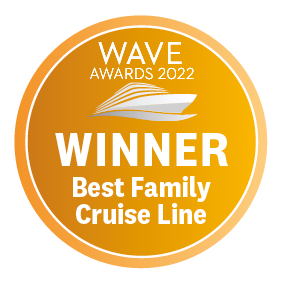9 Nt Southern Caribbean Holiday

Whether you choose to wander tropical shores or the Great White North, adventure is always guaranteed on Grandeur of the Seas®.
Leaving from:
Fort Lauderdale, Florida
Cruise ship:
Grandeur of the Seas
Visiting:
Fort Lauderdale, Florida •
Philipsburg •
Roseau •
Basseterre, Saint Kitts •
From
Price shown provided by:
Royal Caribbean International
North American cruise line Royal Caribbean International has an impressive history and global reputation.
The cruise line is famed for its fleet of mega-ships, which consist of Utopia of the Seas, Wonder of the Seas, Harmony of the Seas and more.
Each ship is full to the brim of thrills and entertainment, with the cruise line continuing to innovate.
2440
Passengers
760
Crew
1996
Launched
2012
Last refit
73817t
Tonnage
279m
Length
32m
Width
19kts
Speed
11
Decks
USD
Currency
Cruise Itinerary
Day 1
Fort Lauderdale, Florida, United States
Day 4
Philipsburg, Sint Maarten (Dutch part)
Day 5
Roseau, Dominica
Day 6
Basseterre, Saint Kitts, Saint Kitts and Nevis
Day 7
San Juan (Puerto Rico), Puerto Rico
Day 8
Puerto Plata, Dominican Republic
Day 10
Fort Lauderdale, Florida, United States
Ship Details

Royal Caribbean International
Grandeur of the Seas
Whether you choose to wander tropical shores or the Great White North, adventure is always guaranteed on Grandeur of the Seas®.

Cabins
All Prices






